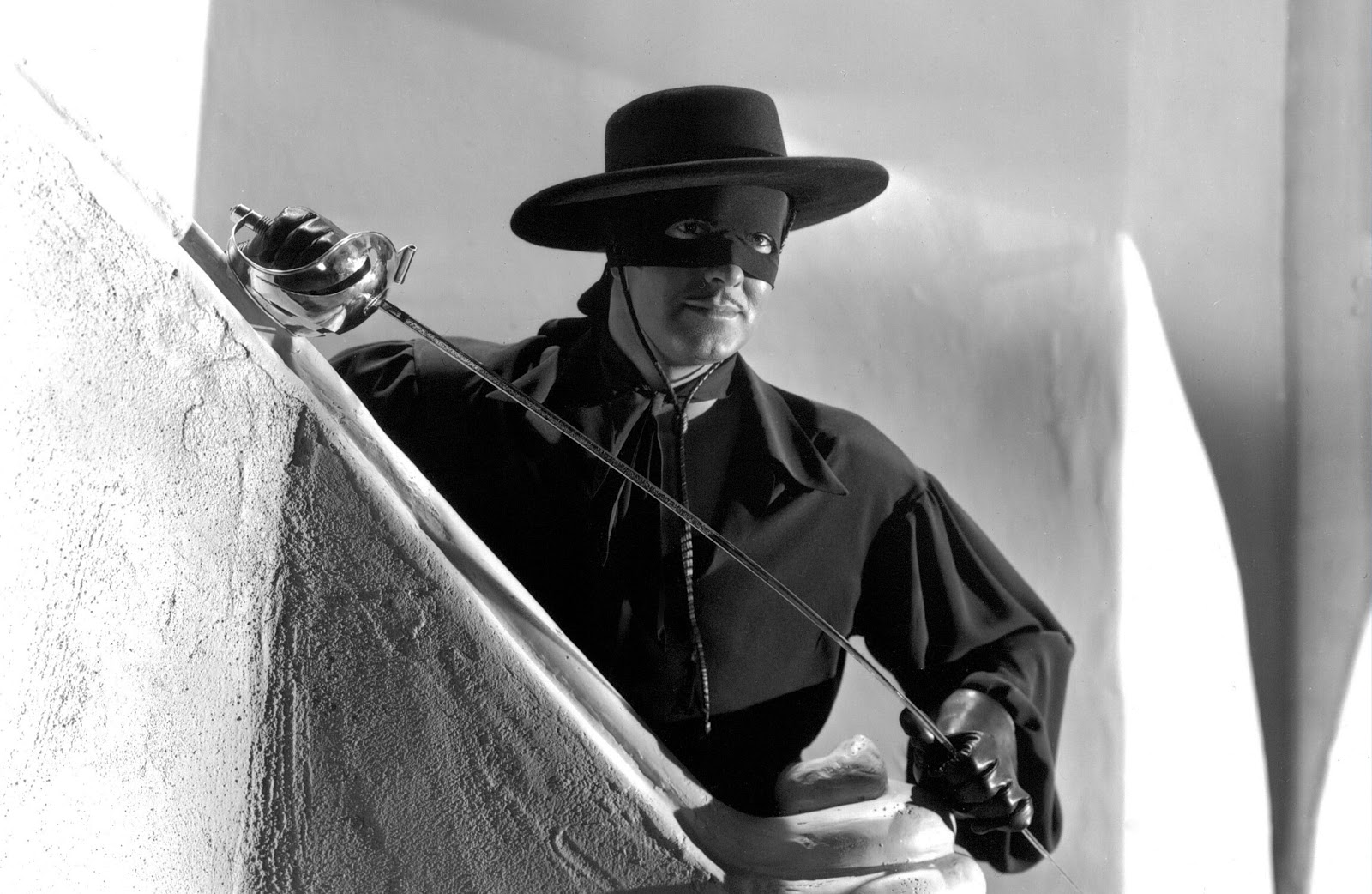Year: 1971
Director: Steven Spielberg
Screenplay: Richard Matheson, based on the short story Duel by Richard Matheson
Starring: Dennis Weaver
Running Time: 90 minutes
Genre: Action, thriller
Middle aged travelling salesman David Mann (Weaver) sets off on a long drive through rural California to meet a client, but the uneventful journey soon turns into a desperate battle for survival when Mann finds himself involved in a deadly cat-and-mouse game with a deranged truck driver (Carey Loftin).
Originally made as a television "Movie of the Week", this film is possibly most notable as the feature film debut from director Steven Spielberg, who at the time only had a few episodes of television shows under his belt, including episodes of Night Gallery and an episode of Columbo. The original 74 minute TV movie was so successful with critics and audiences that the studio allowed Spielberg to shoot extra footage to increase the running time for a theatrical release. Aside from several brief encounters with people he meets on his journey, the film almost entirely focusses solely on Mann. The truck driver is almost entirely unseen, and never seen in full. A couple of times we see a beefy forearm cocked out of the window, his hands on the steering wheel, and his booted feet, but that's all we see of the driver. The antagonist becomes the huge, menacing truck itself, with its dirty windows, bellowing air horn and belching black fumes, like a vast mechanical dragon. Aside from the anonymity of Mann's attacker, the randomness of the pursuit itself is scary, with Mann seemingly targeted for no reason. Throughout the film, Mann seems almost painfully out of place, during the opening credits we travel from the comfortable suburbs, into the Californian deserts, and even when he is not in danger, Mann, in his suit and tie, seems to be uncomfortable in the blue-collar diners and truck stops where he finds himself. In an early scene, he telephones his wife (Jacqueline Scott), providing the only glimpse we have of his home life, and she criticises him for not standing up for her against an offensive colleague of his at a party the previous night. Ultimately, Mann has to shed his veneer of suburban civilisation to find a more primal survival instinct, if he is to defeat his enemy. While the film doesn't entirely keep up its momentum throughout its entire running time, it is still a gripping suspense film, with plenty of excitement and a thrilling climax.
Keep on truckin': Dennis Weaver in Duel






